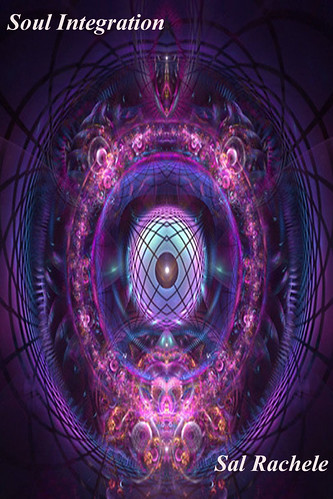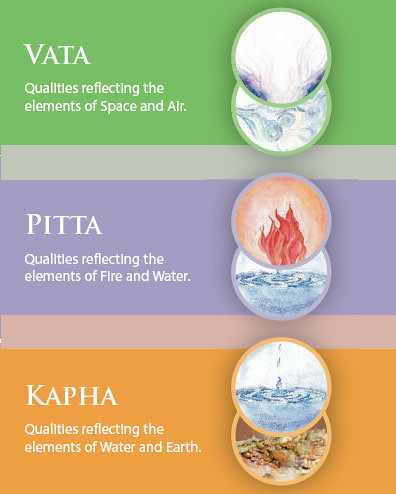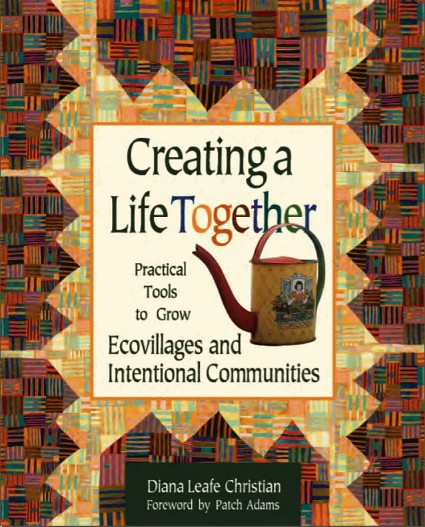
Swami Nityananda Giri has written an excellent book on the Kriya Yoga of Lahiri Mahasaya called "Kriya Yoga The Science of Life Force". This book contains very comprehensive information on the background theory of Kriya Yoga prior to delving into the practices themselves. It includes many scriptural references and a deep view of the preparation required for Kriya Yoga. Here is an excerpt from the start of the book.

The breath-based meditation "Kriya-yoga" is a familiar name after its reintroduction by Mahavatara Babaji to Lahidi Mahasaya and subsequent work of Paramahamsa Yogananda in the western world. Though many literatures are available but the lack of clear exposition on the philosophy and practices of this ancient spiritual science is still felt. The book, Kriya-yoga: The Science of Life-force tries to fulfill this want. This work vividly explains "the Knowledge of Life-force" known as Pranavidya, which forms the basis of Kriya-yoga citing from Vedas, Upanishads, Srimad Bhagavadgita, Yogasutras of Patanjali and many other ancient scriptures, and analyzes how the breath technique quiets the mind, brings equanimity and results in development of discriminating intelligence that answers the questions and purpose of human life. This also gives an understanding on our inner reading, the principles and practices form auspicious resolves, noble faith, self-effort and austerities from righteousness, yama, and observances, niyama, up to the transcendental state, samadhi, those form the appendages of this treatise, and describes how the breath-based practices and meditations described herein are necessary for a seeker to remain healthy and attain the Knowledge. The body principle, sarira tattva, is also anatomized using both biological and spiritual sciences to accelerate spiritual practice and to facilitate the understanding on life and death, gross to causal bodies, five sheaths, five vital breaths, three knots, seven energy centers and their working. The most important aspect for readers and seekers is that for the first time they will find the secret techniques of Kriya-yoga, viz., Nabhi Kriya, Khecari mudra, Guru Pranama, Hamsa, prana viksana, Mahamudra, Isvarapranidhana Kriya, Thokar Kriya, Jyoti mudra, Sambhavi mudra, and different techniques of meditation, e.g., Aum, twelve-lettered Vasudeva mantra, inner-matrka and outer-matrka meditations, etc. are revealed, and explained in details citing their illustrations in Upanishads and ancient yogic scriptures and enumerating the rationale and scientific approach behind such practices and benefits involved.
As you can see, the techniques described in this book are somewhat different from the techniques described by Ennio Nimis and J.C. Stevens. Below is a list from the table of contents.

Preparing the Gross Body Energization Exercises, Kriya Hatha-yoga, Suryanamaskara, Sithilikarana Vyayama, Yogasanas, Yoganidra
Nabhi Kriya
Khecari Mudra No Need to Cut the Frenum, Talavya Kriya
Guru Pranama
Hamsah Sadhana
Vyana Viksana
Om Technique, Om Kausalah
Mahamudra
Kriya Proper I The Kriya Technique, Kriya Meditation, Subtle Manifestations of Light, Sound and Vibration, Kriya-breath and Meditation Quickens Evolution, Arousing Prana/Kundalini by Kriya Practice, Paravastha, Experiencing a Breathless State
Jyoti Mudra
Sambhavi Mudra
Kriya Proper II, Thokar Kriya Meditation with Vasudeva mantra, Matrka Dhyana, Antarmatrka Dhyana, Bahirmatrka Dhyana, Jyoti Mudra in Second Kriya
Third Kriya Techniques
The Fourth Kriya











